Brighten Your Smile With Professional Teeth Whitening!
You are not alone if you’ve been thinking about whitening your teeth. Teeth whitening is one of the most requested cosmetic services offered at your dentist’s office. Our lifestyles may change throughout the years, and those habits, combined with the natural aging process, can sometimes leave their mark on our teeth. While some changes (like those associated with aging) are hard to control, there are several habits you can kick if you want to prevent stains before they occur.
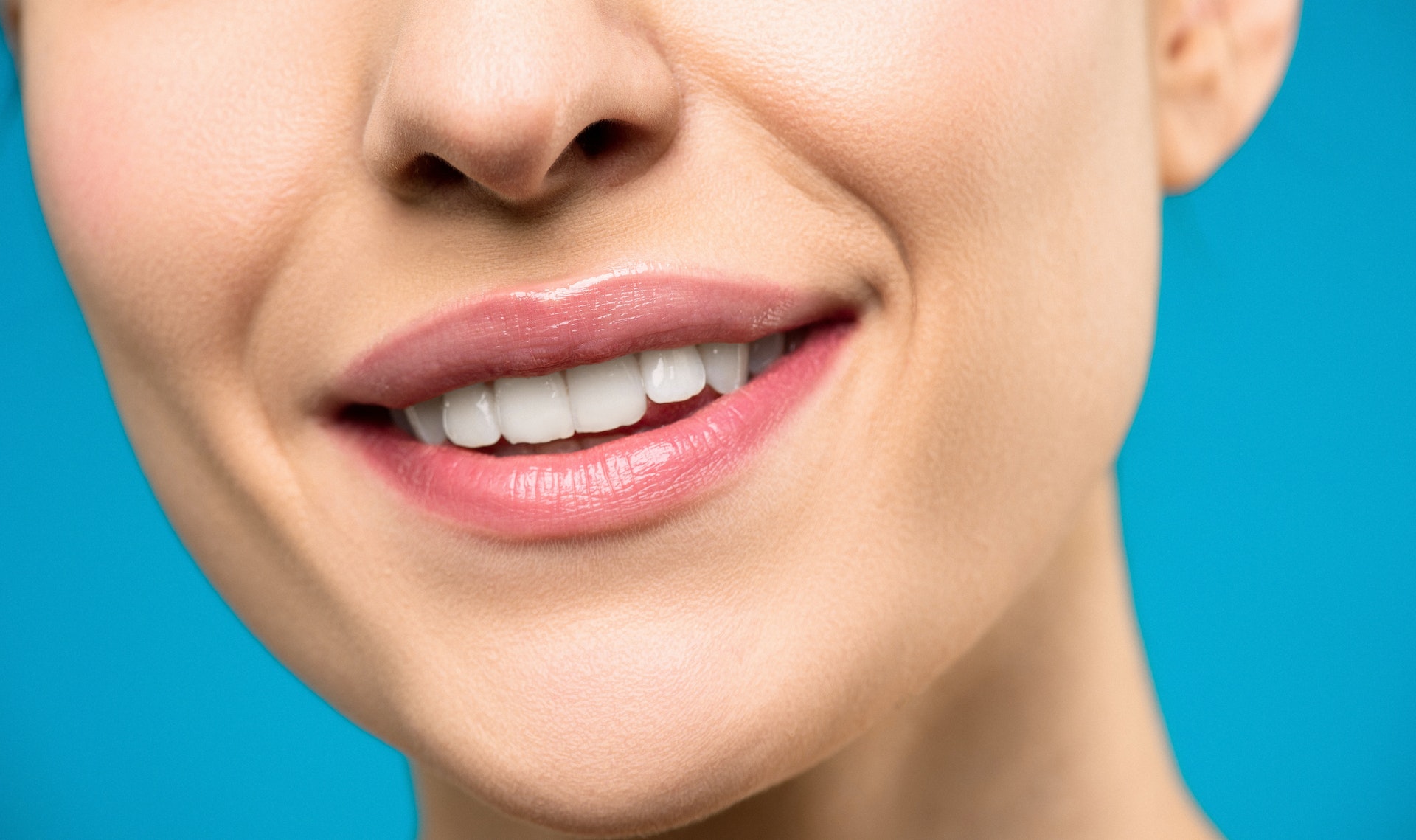
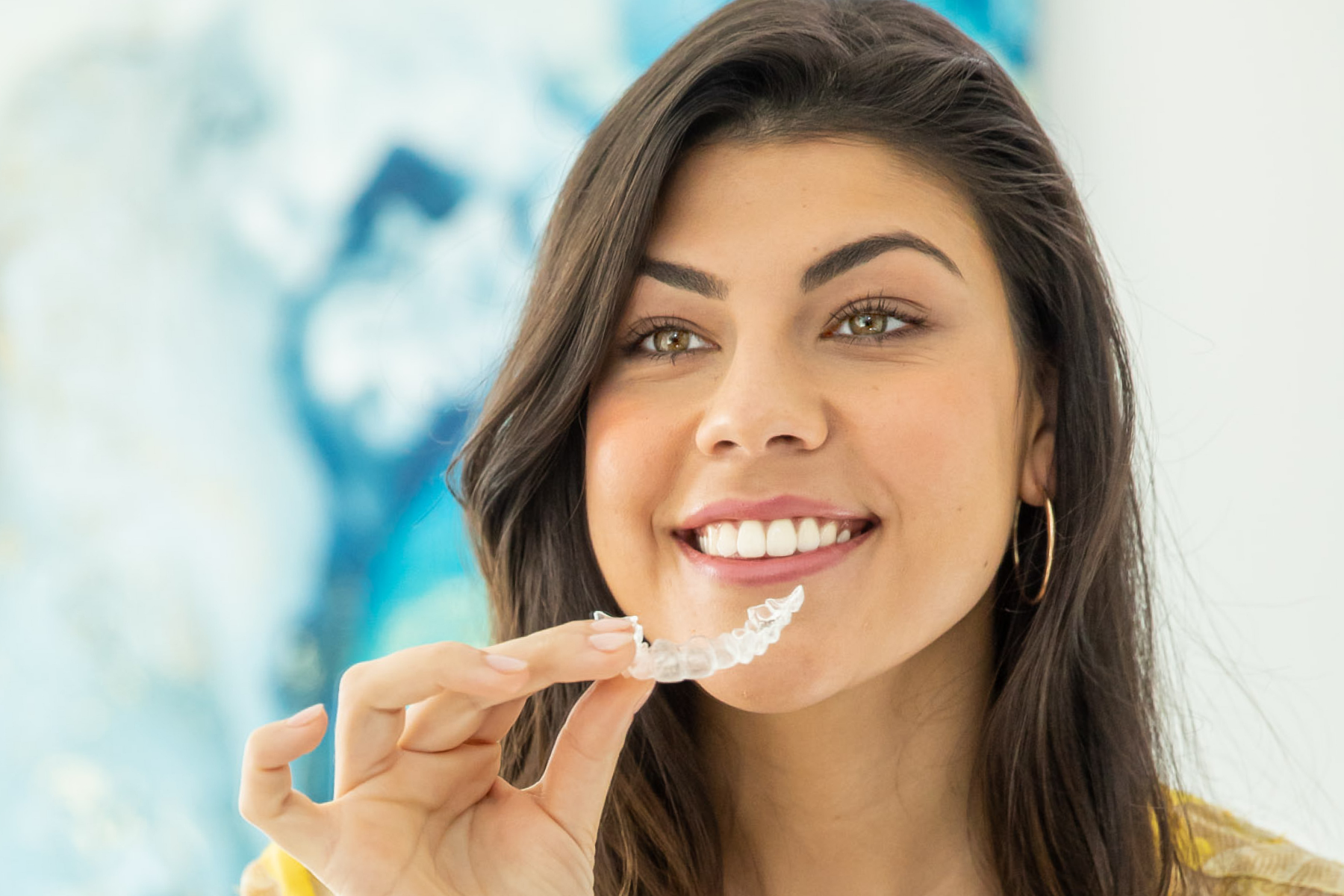
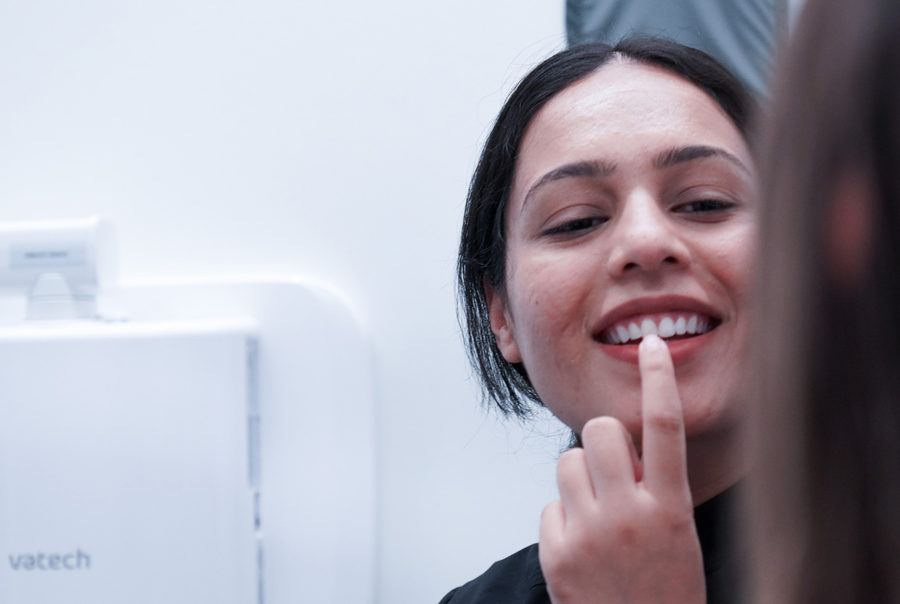
Start With The Basics
If you want to improve your smile’s tone, first ask yourself how you can improve your oral hygiene to mitigate staining. Putting good habits into place improves your chances of successfully maintaining whatever improvement you do achieve no matter the method chosen. How long has it been since your last professional dental cleaning? Getting rid of surface stains and tartar can improve your smile drastically, and it’s good for your overall health to maintain good dental health.
Tooth Whitening and Sensitivity
Both over-the-counter and clinical strength products utilize peroxide products, which can cause sensitivity. While some might find significant discomfort after using a whitening product for a period of time, others may not. Peroxide can dehydrate the dentin inside the enamel, causing it to compress the inner pulp, where the blood vessels and nerves of the tooth can become irritated.
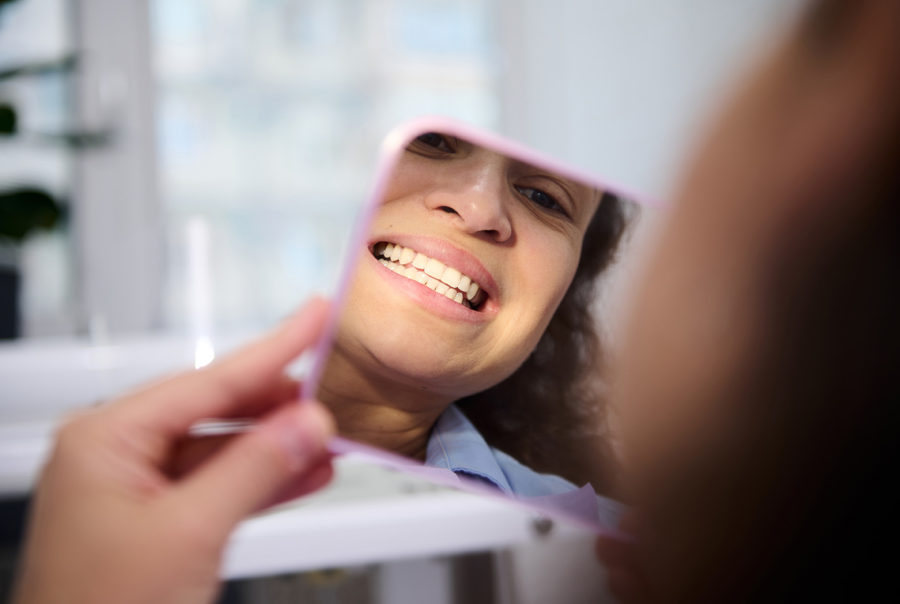
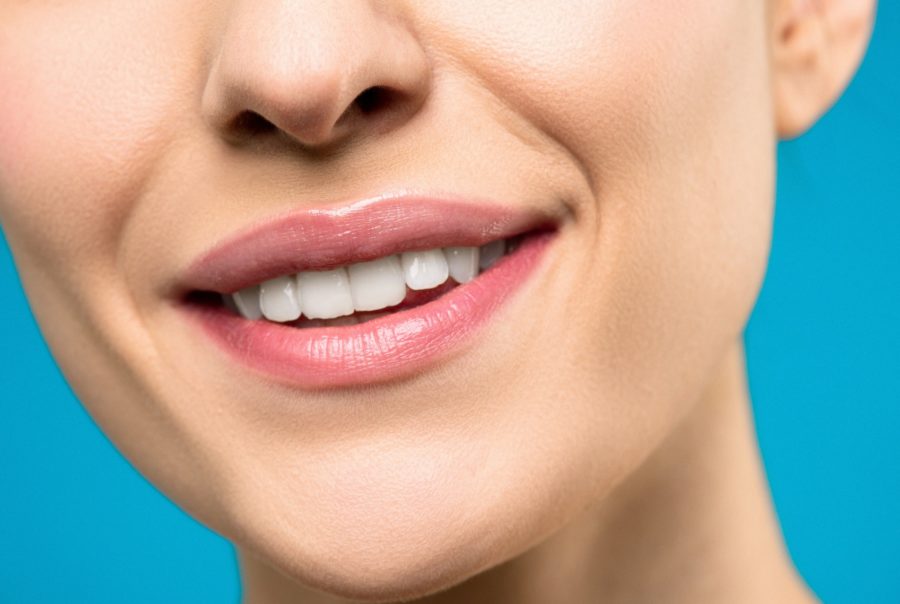
Discomfort With Whitening?
If you experience discomfort, discontinue your whitening efforts until you discuss it with your dentist. Over-the-counter whitening products have an increased potential to irritate the surrounding gum tissue because it is difficult to limit exposure. Your dentist can provide a light-cured sealant to limit the interaction between the bleaching agent and your soft tissues and desensitizing rinses to rehydrate the dentin and limit discomfort.
Alcohol & Other Staining Beverages
Habits that harm your systemic health are likely to hurt the teeth as well. For example, the acids in alcohol compromise the protective enamel on the surface of your teeth. Once that enamel is compromised, your teeth get hit with part two when chromogens (colours added to beverages) find it easier to bond with compromised enamel. The result is staining to your teeth over time.
Some drinks, like sodas and iced coffees, can be ingested using a straw to limit the interaction between the substances and the teeth. Other ‘stainer’ beverages like red wine are harder to accommodate, and the result is a compromise in the colour of your enamel.
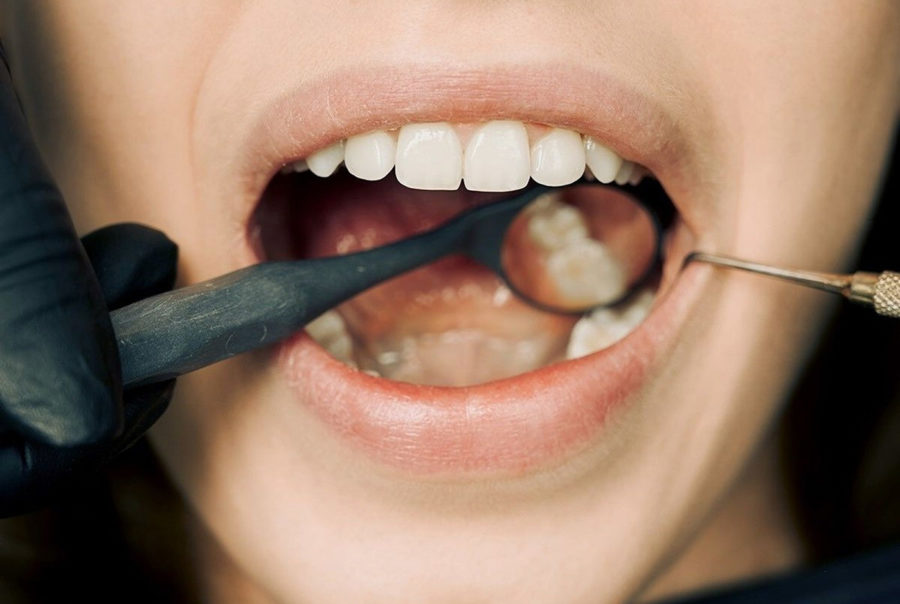
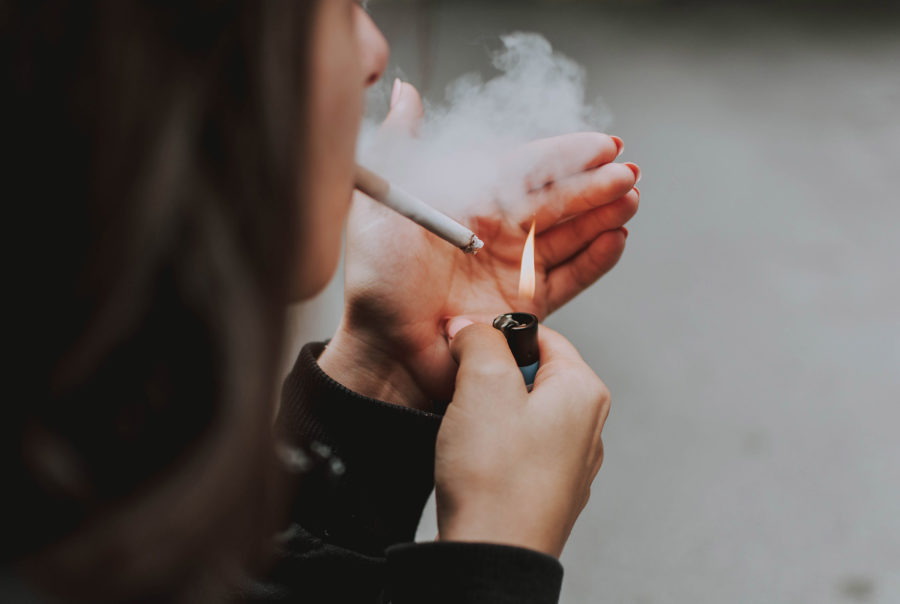
Smoking & Chewing Tobacco
Smoking is particularly yellowing to your enamel for several reasons. Smoking puts teeth at additional risk for gum disease as it encourages the proliferation of bacterial plaque. Secondly, tar and nicotine in the ingested smoke bind to tooth surfaces and calcified plaque (tartar). Of course, the third element of note in smoke-related staining on the teeth is the frequency to which teeth are exposed. Smokers who smoke throughout the day are exposing their teeth repeatedly.
Naturally Occurring Discoloration
Not all discolouration of the teeth is controllable by lifestyle. Injuries can cause trauma to the teeth, resulting in staining from the inside of the tooth toward the outer layers of dentin. Other causes include congenital dental defects, damage to enamel from some medications, and the natural thinning and increased visibility of dentin as we age.
Bruxism, or unconscious grinding, can be a contributor to tooth discolouration if the forces placed on the teeth result in micro-cracking of the tooth’s enamel.
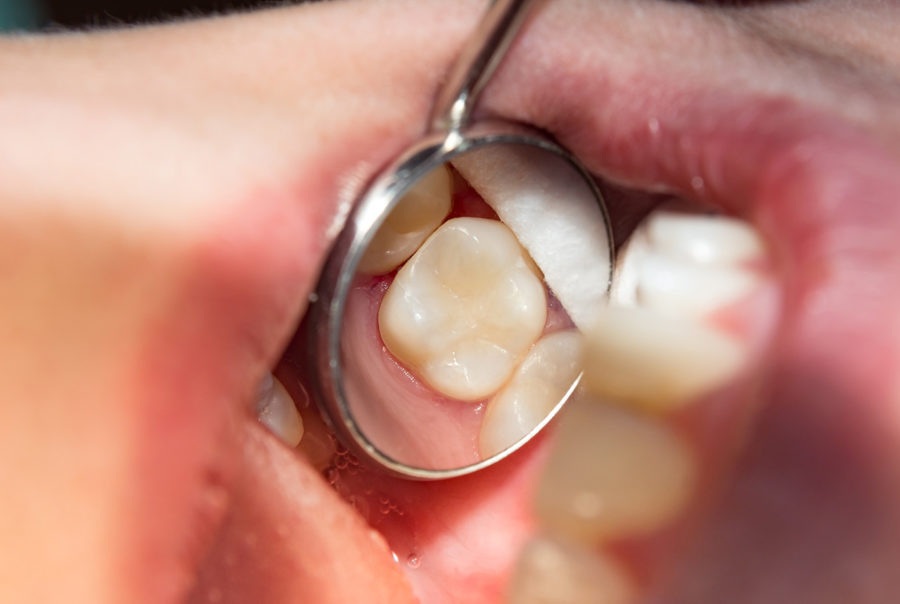
We’ll give you a reason to smile
We’re accepting new patients and look forward to serving you, so please give us a call or request an appointment online; see you soon!
